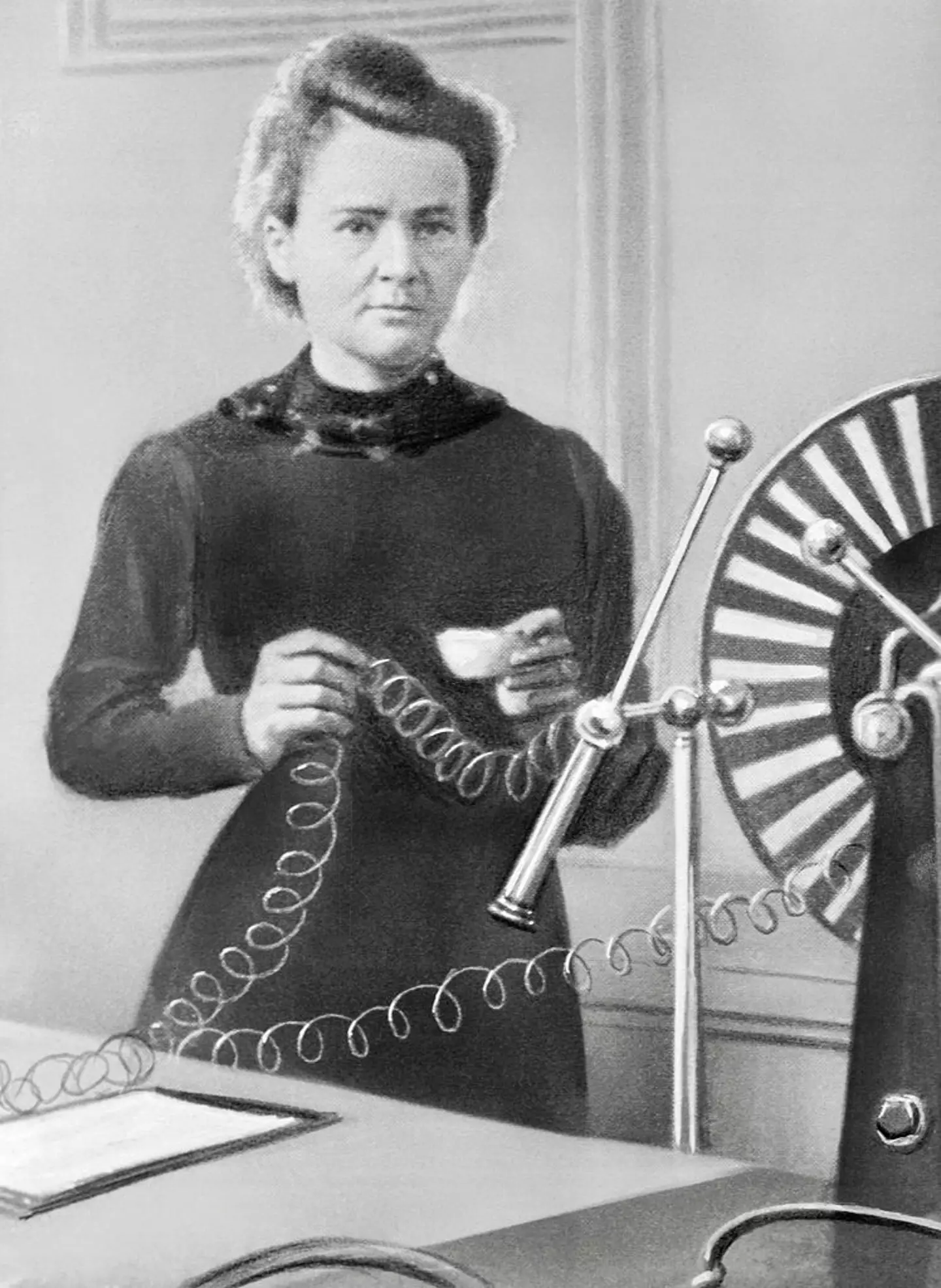
Marie Curie is undoubtedly one of the most famous names in science.
You'd be hard-pressed to find someone who hadn't heard of her, and wasn't aware of the pioneering work she did around radioactivity.
The Polish-born scientist, who became a naturalized French citizen, developed methods for separating radium from radioactive residues, the Nobel Prize website says.

Advert
This allowed her to study its properties and work out how it could be used in therapeutic environments.
She was awarded the Nobel Prize for Physics in 1903, along with her husband Pierre and the scientist Henri Becquerel, and received a Nobel Prize for Chemistry in 1911.
During WWI, she developed small mobile X-ray units that could be used on the front lines, X-raying wounded men to find fractures, bullets and shrapnel.
In 1906, Pierre was killed in a freak accident after being knocked down by a horse and cart.
Advert
Curie died in 1934 at age 66 as a result of aplastic pernicious anaemia, which she developed after years of exposure to radiation, the Marie Curie charity says.
She was buried in a lead coffin alongside her husband - while it's not verified, the lead coffin could have been due to concern about radium contamination.
In 1995, the Curies were exhumed and reburied in the Pantheon - a mausoleum for some of France's greatest figures, like Voltaire, Emile Zola and Victor Hugo.
When the bodies were exhumed, it was an opportunity for scientists to see if radium was still present.
Advert
So was Curie's body still radioactive, years after her death?

According to the Journal of the British Society for the History of Radiology, it was impossible to tell from the measurements taken after her body was exhumed, but "given her extensive early work with radium she must have been contaminated with it".
There was little evidence of radium in her remains, and that could have been down to a few things - perhaps because she took better protective measures in her lab later in life, or that she was diverted to other work, or even because she went through menopause - with the Journal of the British Society for the History of Radiology saying osteoporosis related to menopause could have accelerated elimination of the radium from the bone.
Advert
It also could have been explained by the amount of time that had passed, giving radium the chance to deteriorate.
Curie's lab notebooks are still very much radioactive, and are currently stored in lead-lined boxes at the Bibliothèque Nationale de France in Paris.